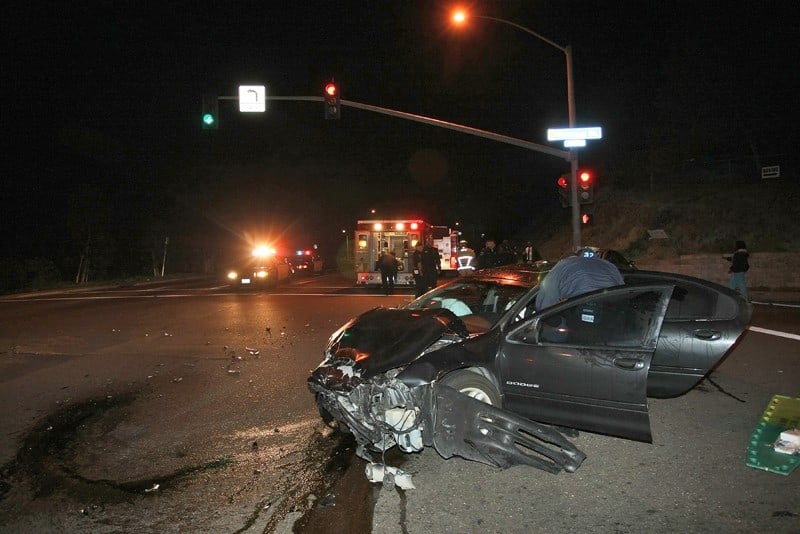
Dan Limmer, BS, NRP

by Limmer Education
Our articles are read by an automated voice. We offer the option to listen to our articles as soon as they are published to enhance accessibility. Issues? Please let us know using the contact form.
In our continuing series of “10 things,” we turn to the ever-popular topic of trauma.
Like our trauma patients, our thoughts on trauma care seem to go to extremes. We must balance prompt transport with adequate assessment and valuable on-scene care. While the need to transport our patients for surgical intervention is undeniable, the physical and mental toolboxes for determining criticality in trauma assessment have never been greater.
Ultrasound may eventually help us identify occult bleeding – but only if we think of it as a tool and not a toy.
A patient in shock without signs of significant injury is bleeding into the chest or belly.
Pulse Pressure = systolic BP – diastolic BP. It narrows in shock.
A change in mental status is an early and significant sign of criticality.
Decorticate is bad. Decerebrate is worse.
Your hands-on exam will tell you 80% of what you need to know in a trauma patient.
Mechanism of Injury isn’t the smoking gun (pardon the pun).
You know the critical patients. You know the stable patients. Identifying the ones in the middle is the art of trauma care.
Traction splints stop bleeding and prevent shock. They also immobilize femurs.
Surgery fixes serious traumatic injuries. We drive people to surgeons.

Bonus #11 – A patient may have minor external bleeding, but when combined with internal injuries, that “minor” bleeding is fatal.
We’d love to know if you would add anything to our list—or replace anything in our top ten.

Dan Limmer, BS, NRP

Dan Limmer, BS, NRP

Dr. Bill Young